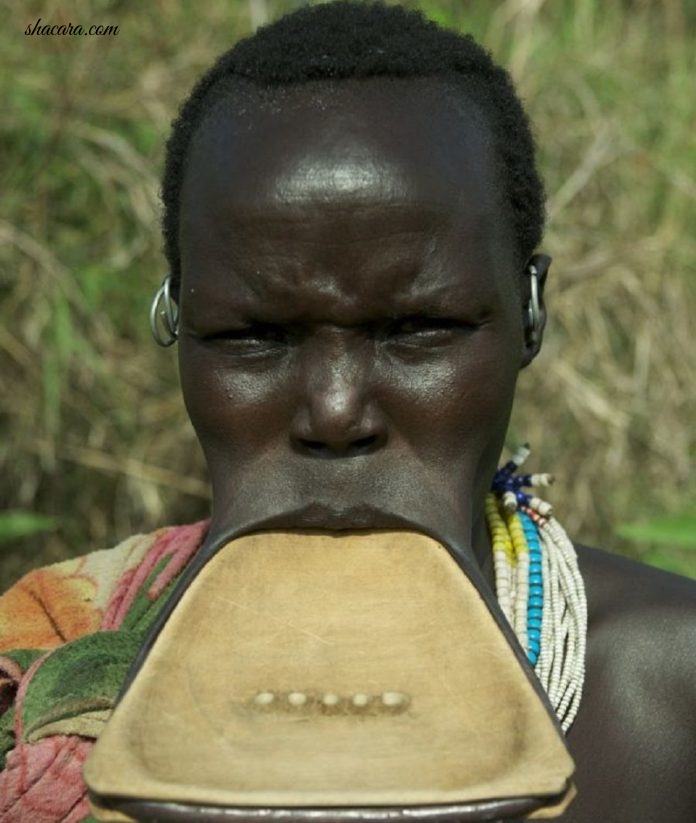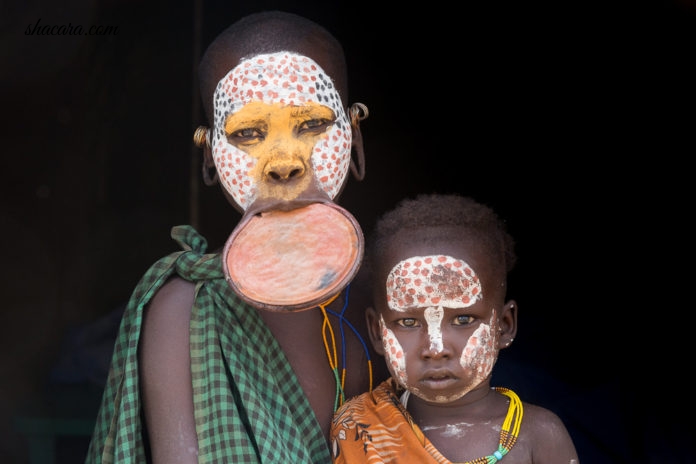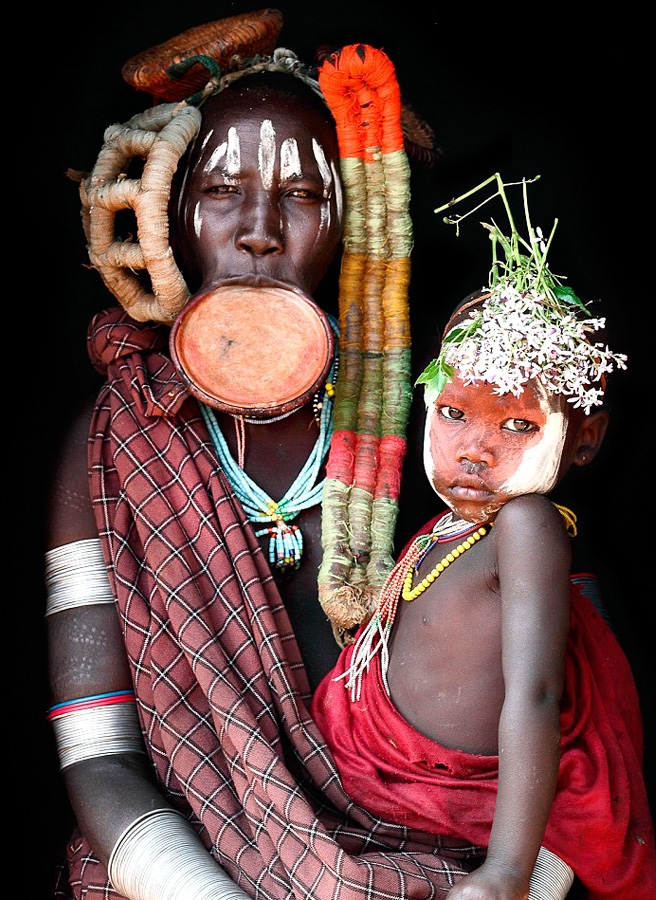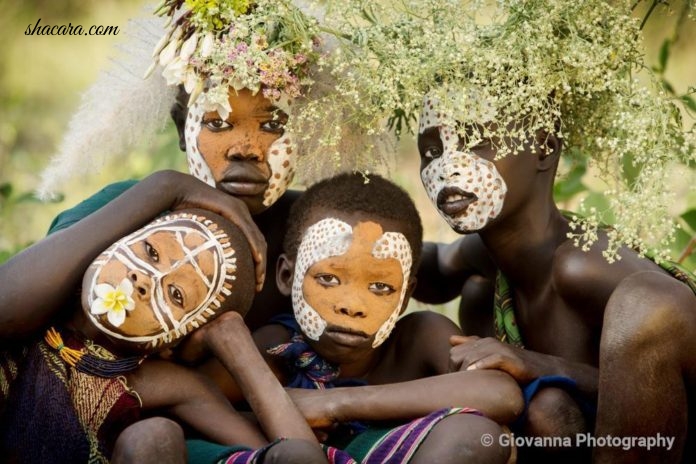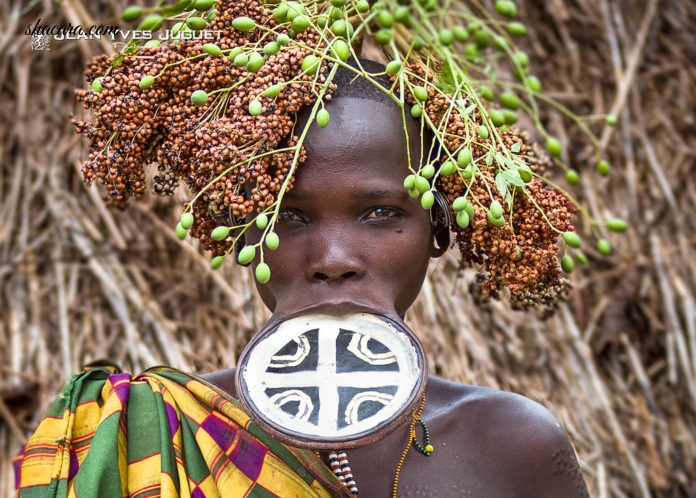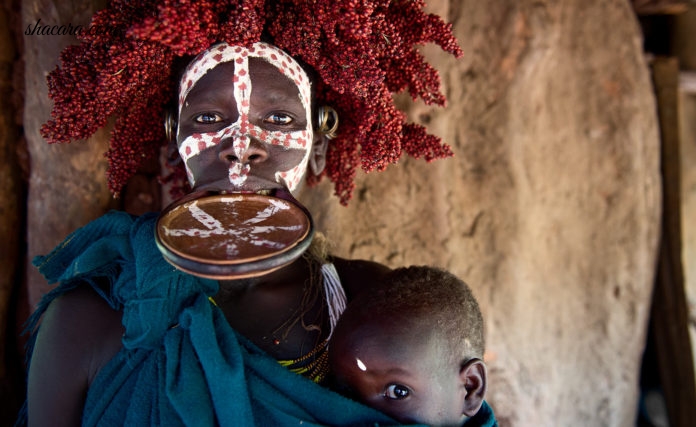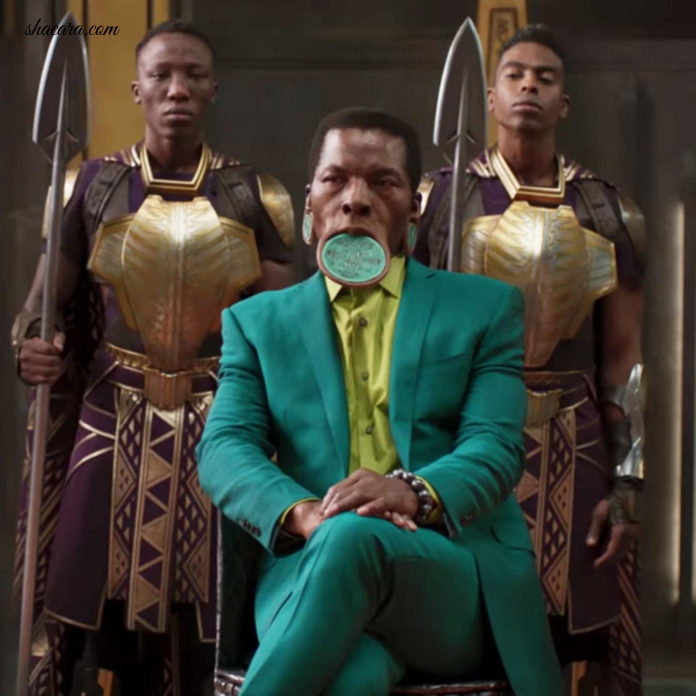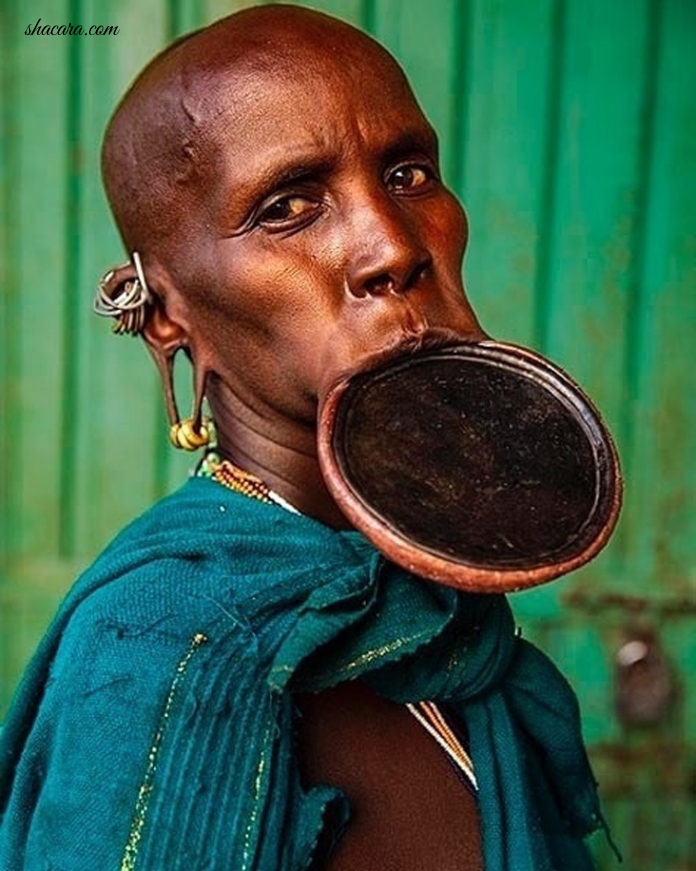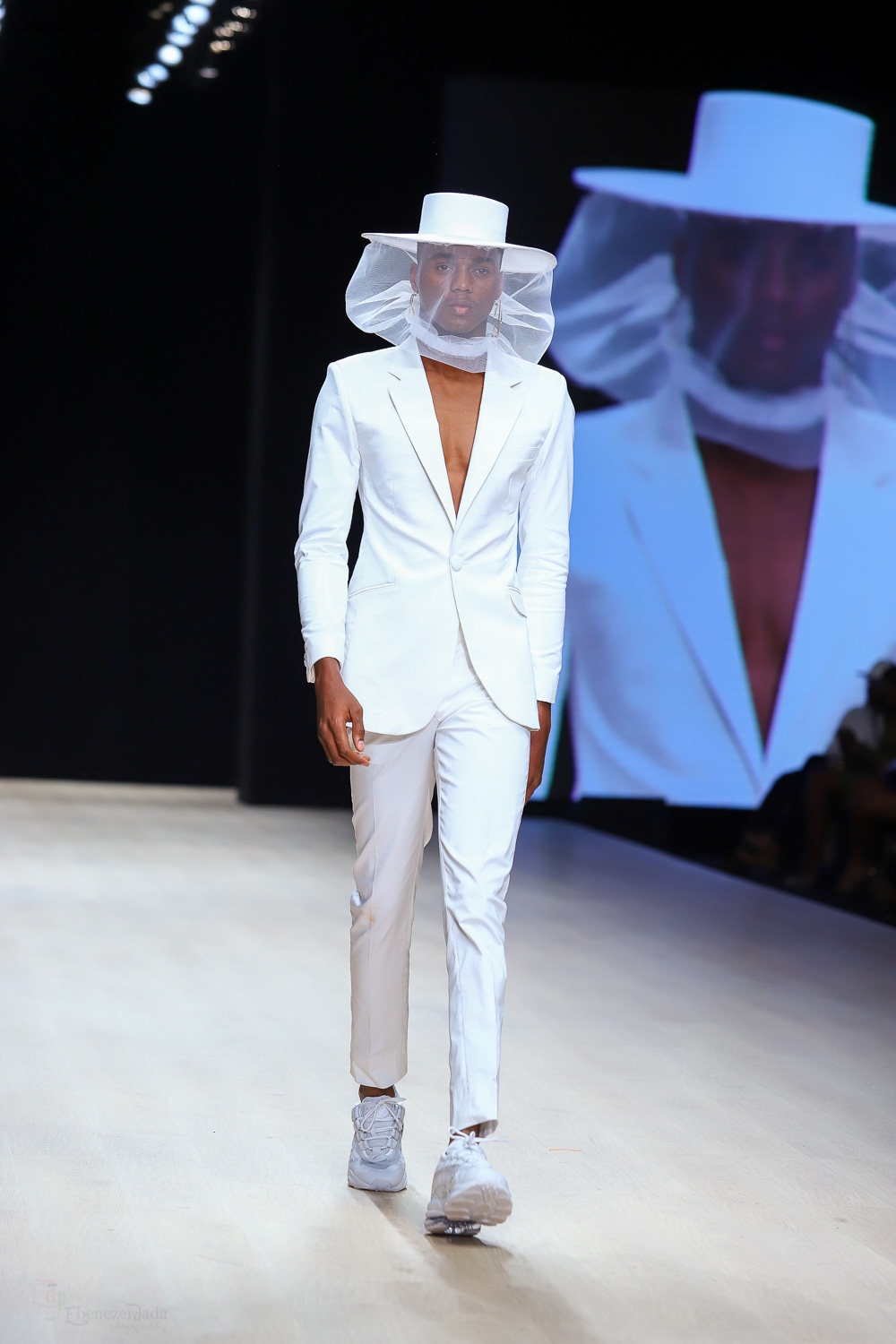‘To Beautify Themselves, They Have Their Teeth Removed & Bottom Lip Stretched’ Read About & See The Suri Tribe Here
Many would know by now that the stunning brother in the green suit from the black panther movie was not just a random handsome man with made up looks, but actually a look belonging to a tribe that really do have such features, known as the Suri Tribe Of Ethiopia.
Suri’ is a traditional local name for a people living in southwestern Ethiopia. Suri is composed of three subgroups; Chai, Timaga and Baale groups (self-names), politically and territorially different, but all speaking ‘South East Surmic’ languages within the Nilo-Saharan, like Mursi, Majangir, and Me’en.
THE WORD SURI
The term Suri is the Ethiopian government’s collective name for the Chai, Timaga, and Suri Baale as expressed in the label ‘Suri woreda’ in southwestern Ethiopia, bordering South Sudan. The 2007 national Ethiopian census figures for ethnic groups distinguish “Suri” from “Mursi” and “Me’enit”. Some authors have used the terms “Suri” and “Surma” interchangeably, or for contradictory purposes.
The Suri are an agro-pastoral people and inhabit part of the Bench Maji Zone of the Southern Nations, Nationalities, and People’s Region (SNNPR) in Ethiopia, while the Baale live partly in neighbouring South Sudan.
The Suri groups share a similar culture, and show social and historical kinship with the Mursi and Me’en groups. Within Ethiopia, their homeland is relatively remote, located in semi-arid plains, valleys and foothills. There are traditional rivalries with neighbouring groups such as the Nyangatom and the South Sudanese Toposa, constantly raiding into Ethiopian territory.
In recent decades, these conflicts have become quite bloody, with multiple use of automatic firearms (now present in significant numbers), no available overarching structures of mediation, and lack of effective government action. Major sources of the weapons have been the parties in the Sudanese Civil War. At times, the local police only allows foreigners to travel there with a hired armed guard. Local Suri authorities have also been imposing hefty tourist ‘travel sums’ on foreign tourists visiting the area.
The Suri are a self-conscious and culturally proud people, with, among others, a liking for stick fighting called saginé. This is more properly called ‘ceremonial duelling’, and serves as a rite of passage for male youngsters and brings great prestige to men — it is especially important when seeking a bride — and they are very competitive, at the risk of serious injury and occasional death.
At a young age, to beautify themselves for marriage, most women have their bottom teeth removed and their bottom lips pierced, then stretched, so as to allow insertion of a clay lip plate. This has become the hallmark of the Suri – as for the Mursi – and the main reason they have been sought out by tourists interested in the ‘exotic’. Some women have stretched their lips so as to allow plates up to sixteen inches in diameter. Increasing with exposure to other cultures, however, a growing number of girls now refrain from this practice. Their children are sometimes painted with (protective) white clay paint, which may be dotted on the face or body.
Suri villages normally range in size from 40 to 1,000 people, but a few may reach 2,500 people. Suri life is egalitarian. The Suri ‘chiefs’ (called komoru) have a ritual function and are merely the most respected elders and have no executive powers. They are elected from within a certain clan lineages. Few Surma are familiar with Amharic, the official language of Ethiopia, and their literacy level is relatively low. In recent decades, however, schools have been built and the number of literate Suri is growing, with several now working in the local adnministration’s district capital, and others studying in various towns.

